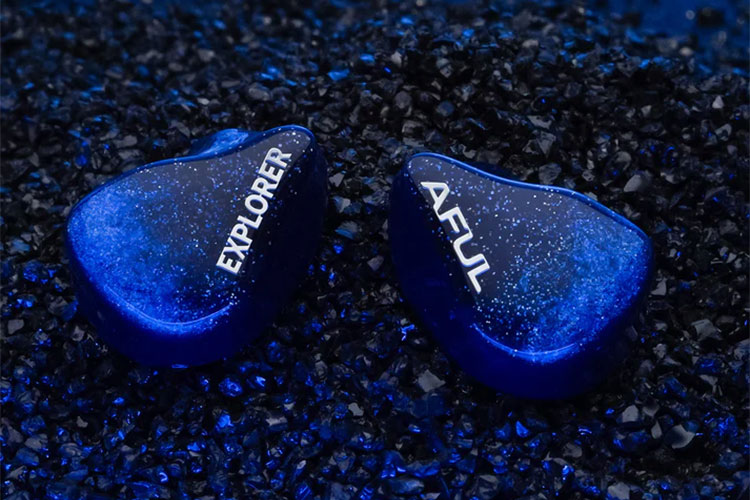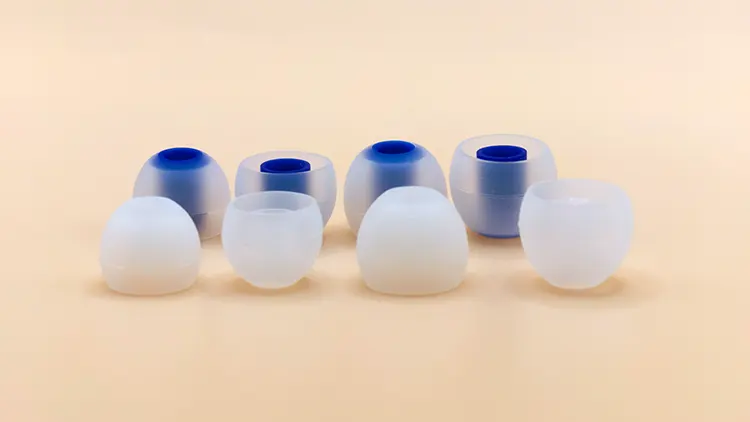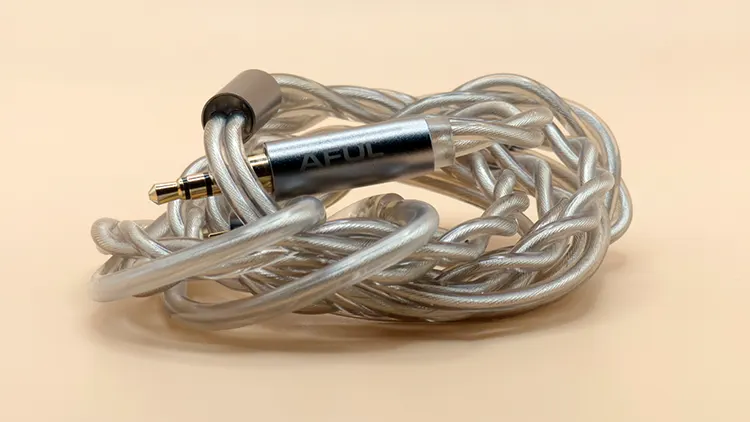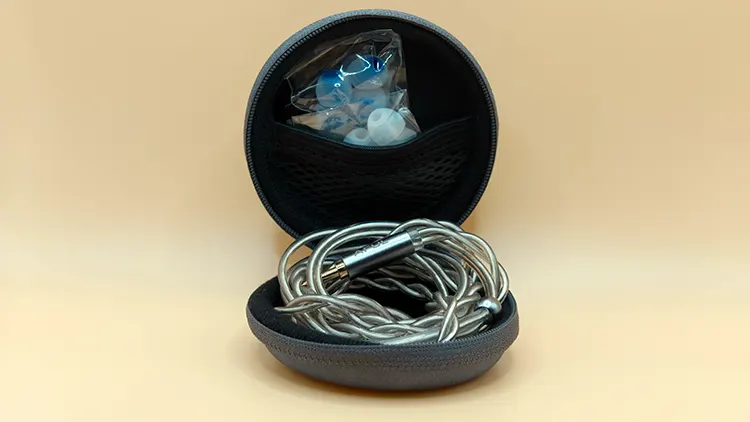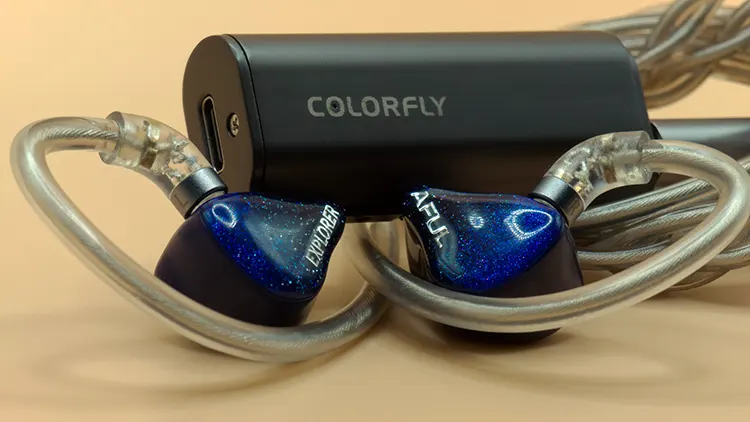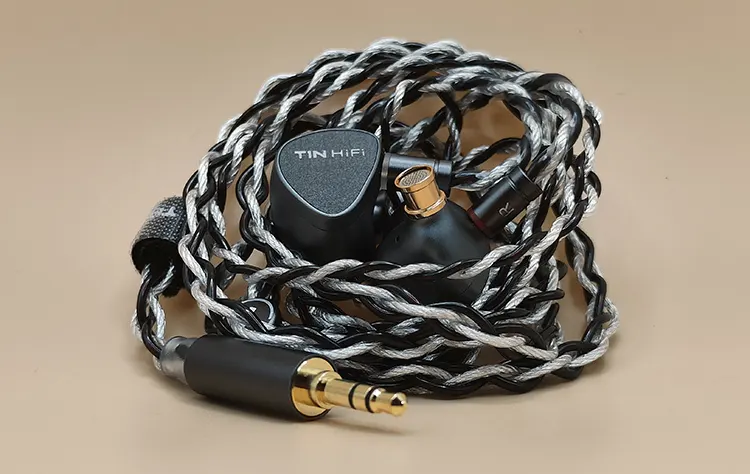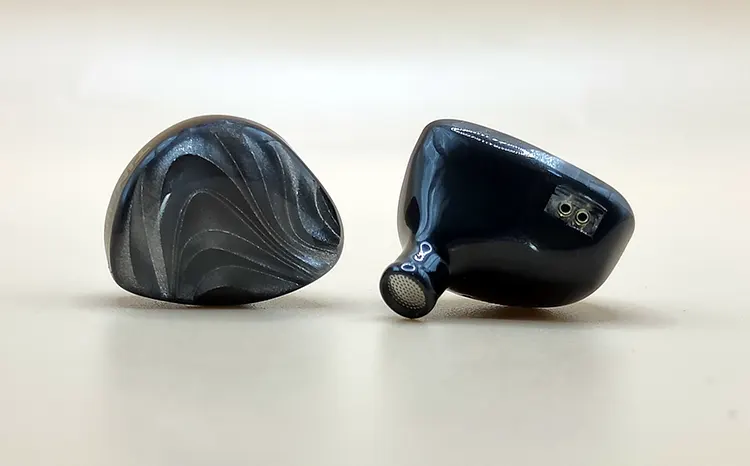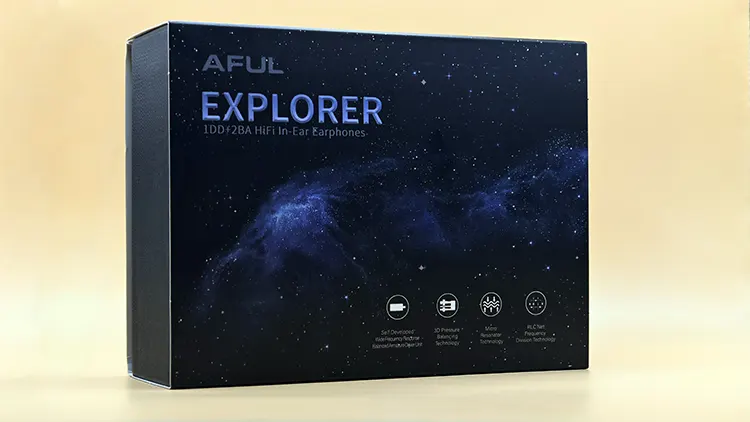Today, Kurt reviews the AFUL Explorer, which is an affordable hybrid single 8mm dynamic and dual-balanced armature driver universal IEM. It is priced at $119.99.
Disclaimer: This sample was sent to me in exchange for my honest opinion. Headfonics is an independent website with no affiliate links or status. I thank HiFiGO and AFUL for this opportunity.
Click here to read more about HiFiGO products we have previously reviewed on Headfonics.
Note that this article follows our current scoring guidelines, which you can read in more detail here.
AFUL is a recent player in the audio community. They started with the AFUL Performer 5, then the AFUL Performer 8, and then the AFUL Magicone. Their IEMs have become fairly popular due to the well-received tuning and competitive price point.
One of the most recent releases is the AFUL Explorer, a new hybrid triple-driver universal IEM priced at $119.99. That places this Explorer close to entry-level but its performance is anything but entry-level.
Features
The AFUL Explorer uses a hybrid single dynamic driver with an 8mm bio-cellulose diaphragm and two self-developed wide-frequency response aluminum-alloy dual-balanced armature drivers.
The drivers are self-developed in-house by AFUL themselves while integrating the concepts used in their P series and Magicone.
The precise configuration is the dynamic driver for the lows, one BA for the mids, and another for the highs with a multi-layered electronic crossover.
The Explorer is rated with an impedance of 26Ω and a sensitivity of 108 dB/Vrms making it a fairly easy monitor to drive from a wide variety of sources including most of the dongles and DAP/Smartphones I tested it with.
Design
The AFUL Explorer has a gorgeous design. It doesn’t follow the current IEM aesthetics fads such as the all-black look from faceplate to shell.
Starting with its faceplate, it has a beautiful glitter-filled starry night design in blue and black. The faceplate is heavily branded with EXPLORER and AFUL print in white layered over it.
The shell is also blue with a single vent for the dynamic driver to breathe. It’s a darker shade of blue that blends seamlessly with a smooth acrylic faceplate design. The shell has the same feeling to it as well.
Comfort & Isolation
The AFUL Explorer has one of the more comfortable fits for an IEM I’ve recently tested. It gets the shape, feel, and isolation correct at all angles.
It lacks any uncomfortable intrusions on my outer ear. Its smooth curving means no scratches or hotspots, even after long listening sessions.
The size is also fantastic. It’s not intrusive, obtrusive, or obnoxious in size at all. This is a pair of earphones that I can wear all day, even through my sleep with no issues.
The general isolation level is also good. The passive noise cancellation does its job well but nothing too impressive considering it’s a vented hybrid rather than a sealed all-BA design.
Tips
The AFUL Explorer has 2 types of tips. Both of them are useable and comfortable out of the box.
There is nothing low quality here in the tip selection. Arguably, silicone tips that are similar to SpinFit and DUNU ear tips quality levels.
The first type is the tips in blue. These tips have a longer firmer stem while the bore is narrower than the white tips. The second type is the tips in white. These tips have a shorter stem and a softer feel while having a larger bore.
Using the blue tip gave me better and tighter bass while the white tips opened up the treble a bit more.
Stock Cable
The AFUL Explorer comes with an attractive and good-value stock cable. It’s a 200-core 2-strand copper silver-plated wire with a braided outer finish.
With a transparent PVC jacket, the SPC silvery hue from the wire shines through giving it a very clean and bright-looking aesthetic. It’s lightweight, sleek, and fashionable. Its build quality is better than its competition from my experience.
It’s available in either 3.5mm or 4.4mm but sadly there is no interchangeable plug system on this version.
Packaging & Accessories
The AFUL Explorer has a nice box presentation. You get a visually pleasing starry galaxy design however, inside the box, there is nothing fancy, just paper guides, the IEMs, and the carrying case.
The carrying case holds the cable and tips. I like this packaging since it maximizes the space that can be used.
The good thing is the carrying case is of a high quality. It feels premium in all aspects from the zipper, the cloth or velvet material, and the inner containers.
Sound Impressions
Bass
The bass of the AFUL Explorer is impressive. There are no glaring issues with how its bass performs. It’s mostly focused on the sub-bass delivering a powerful presence without any mid-bass muddiness.
The texture of the bass notes is tangible and solid. I had no issue getting a tactile feel of weak or strong bass points with the AFUL Explorer.
My favorite part of its bass is how accurately the layering is done. AFUL wasn’t lying when they said this was a combination of their previous IEM technologies. The bass gets it correct. I can hear all the tiny nuances in the lows with the Explorer.
You will be fine though the note weight is on the heavy side. I didn’t feel any thinness from male or female vocals with this coloration.
Mids
The mids are solid but they do have a caveat that became quite apparent in my listening sessions. The problem I have is that vocals can sound too breathy. It makes the timbre sound artificial due to that elevated breathiness.
Vocals and instruments have a distinct texture with timbre sound a little off sometimes veering a bit on the darker side but overall, I would still say it is more laid back in nature.
Treble
The treble of the Explorer sounds smooth but lacks a bit of detail retrieval compared to some competing IEMs. The flip side is how it handles sibilance and higher frequencies. In short, this IEM finds it difficult to sound sibilant and sharp.
Whether in low gain, high, balanced, or SE, the Explorer retains its smooth, sibilant-free, and laid-back treble. This kind of forgiving treble is great for long listening sessions since there is virtually no listening fatigue.
Staging & Dynamics
Now this is the best thing about the Explorer. The imaging and general staging capability is above average.
The imaging and layering are what surprised me the most. Every little thing is accurately and properly placed around my ears.
Dynamic range performance is better than I expected and a factor in how I perceive the accuracy of the imaging. Spatial cues flick in and out with enough contrast and identity to belie its otherwise darker tonality.
Synergy
The AFUL Explorer’s impedance rating of 26Ω and a sensitivity of 108dB/mW will make it easy to run.
A normal phone with a 3.5mm jack would find it easy to run this without significant power being drawn from the battery. Any dongle, DAC, or device I’ve used could power the AFUL Explorer at around 65% loudness.
Firstly, I tested it with my phone’s 3.5mm headphone jack. I only had to put it at around 60% to 70% volume to get sufficient volume for my usage.
I noticed no unusual power drain from my device while using the Explorer. There’s also no noise from it since the Explorer isn’t picky with its sources.
Secondly, I tested it on the Colorfly CDA-M2. The volume of the CDA-M2 is at 35% volume while the laptop I was using was at 100% volume. The Colorfly CDA-M2 is a powerful DAC so it powered it with ease.
Lastly, trying the FiiO KA11, this dongle powered it well at 70%. The AFUL Explorer maintains the same power draw throughout all of these sources.
Select Comparisons
TinHiFi T5s
Technical
The TinHiFi T5s is a single dynamic driver IEM. It uses an improved dynamic driver with a Topping diaphragm. The T5s is rated at 32Ω for impedance and a sensitivity rating of 103 dB/mW makes it a bit harder to drive than the AFUL Explorer.
Design
The TinHiFi T5s has a full-metal body. Both its shell and faceplate are metal giving it a more robust design than the Explorer but perhaps not quite as eye-catching to look at.
The metal body also makes it a temperature absorber. In hotter climates, it’ll feel very hot while using it while very cold in colder climates.
The faceplate design does look pretty with its rainbow luster on its name. Meanwhile, the shell is full gunmetal in color with nothing else printed or engraved.
Performance
On initial listen, these two sound quite similar. They were following the same kind of tuning so it was hard to avoid mixing them up.
Their bass has the same potency and power but the quality difference is quite large. The AFUL Explorer properly has weaker and stronger areas in the bass.
The bass of the TinHiFi T5s only gives a single area of bass unlike giving distinct bass areas like the AFUL Explorer. This difference gives the AFUL Explorer a big advantage over the TinHiFi T5s.
The mids is where the TinHiFi T5s do better. The timbre sounds more natural without unusual breathiness. Vocals and instruments don’t have unnecessary airiness as well with the TinHiFi T5s. Nothing is semi-artificial-sounding about the midrange timbre.
With the treble, soundstage, and dynamics, the AFUL Explorer wins out easily. The clarity and separation are above what the TinHiFi T5s can deliver.
The above-average layering from AFUL Explorer leaves the TinHiFi T5s sounding comparatively congested and compressed in its performance.
TinHiFi P1 Max II
Technical
The TinHiFi P1 Max II uses a 14.2mm planar magnetic driver with an N52 magnetic dual array.
It has a 16Ω impedance and a 98 dB@ 1kHz sensitivity. This is much more inefficient and harder to drive when compared to the AFUL Explorer. Stronger sources are needed to run it at its optimal performance.
Design
The TinHiFi P1 Max II has a resin shell 3D printed by HeyGears, a known 3D printing partner in the audio community.
Its faceplate features a holographic design with a mixture of grey and silver accents. The shell is the complete opposite of the faceplate. There’s nothing to see there aside from 2 vents.
Performance
These two can’t be any more different. They try to achieve the opposite ends of their tuning.
For starters, the AFUL Explorer has a more neutral presentation when compared to the TinHiFi P1 Max II’s V-shaped elevated bass and treble tuning.
It’s no surprise the bass of the AFUL Explorer is more impressive. Although the TinHiFi P1 Max II has good bass for a planar IEM, it doesn’t come close to the weight and slam of the AFUL Explorer.
It also lacks the same level of microdetail and control that the AFUL Explorer can deliver. It can only compete with the Explorer’s subbass presence but beyond that, the gap widens.
Their mids are similar but in a bad way. The AFUL Explorer has weird timbre due to the increased breathiness while the TinHiFi P1 Max II’s mids are too sibilant.
For which IEM does better in the treble, it’s split as well. What they’re bad at is what their counterpart is good at.
With the TinHiFi P1 Max II, the detail retrieval is the better one here. Unfortunately, it’s ruined by how bad the sibilance control and the high frequencies handling is.
Meanwhile, the AFUL Explorer is the complete opposite of that. It only has okay detail retrieval but the sibilance management is much better.
Lastly, the staging and dynamics are won by the AFUL Explorer. The imaging and layering are top-notch on the Explorer, making the TinHiFi P1 Max II sound walled-in.
My Verdict
The AFUL Explorer is a competent and affordable hybrid driver IEM that ticks plenty of boxes, from packaging, and design, to its tuning. If you enjoy a laid-back inoffensive tuning at an affordable price then this IEM is for you.
From its quality stock tips, attractive carrying case, clean-looking cable, and stylish IEM design, the AFUL Explorer provides a good value IEM package.
AFUL Explorer Technical Specifications
- Driver Type: One (1x) dynamic driver and Two (2x) balanced armatures
- Plug: 3.5mm single-ended standard 0.78mm-2pin
- Frequency Response: 10Hz – 40kHz
- Impedance: 26@1kHz
- Sensitivity: 108 dB/Vrms

